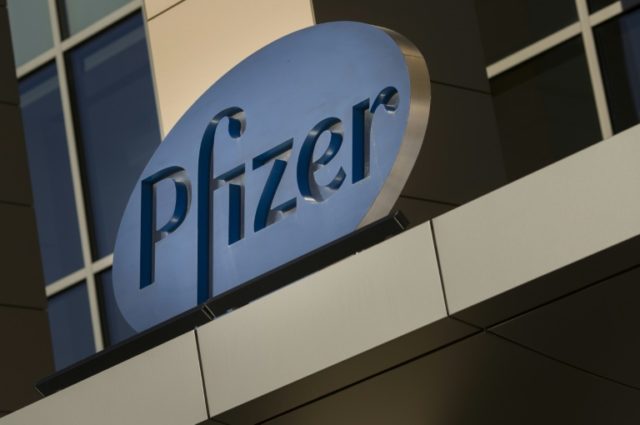New York (AFP) – It has been 20 years since Viagra was introduced, and Pfizer is still searching for another drug with as much earning power as the revolutionary blue erection pill.
If anything, the chances for another miracle drug may be waning as the pharmaceutical giant constrains its research and development budget amid broader cost-cutting efforts.
Pfizer forecasts it will spend $7.4 to $7.9 billion this year on R&D, compared with $7.7 billion last year, according to projections released in February.
That is below the R&D of rivals such as Merck and Johnson & Johnson, which plan more than $10 billion in spending.
Pfizer’s restraint means walking away from entire areas of medical research.
In January, the world’s number two pharmaceutical company by sales ended its research programs into treatments for Alzheimer’s and Parkinson’s, cutting 300 jobs and saying it would reinvest the funds in other domains.
Pfizer also signaled it could sell its consumer healthcare business, which includes popular over-the-counter products such as the anti-inflammatory drug Advil, multivitamin Centrum and the ubiquitous ChapStick lip balm.
– Sharing the risks –
Pharmaceutical R&D is a tricky business in the United States, where there is extensive clinical testing and back-and-forth with the Food and Drug Administration before introducing a new drug.
Once launched, pharma companies also are under increased pressure to keep drug costs low following a number of controversies over runaway pill prices.
The cost of bringing a new drug to market requires an average of $2.6 billion, according to the Tufts Center for the Study of Drug Development.
That’s a heavy investment considering that in the last 20 years there have been just 19 treatments that have generated at least $1 billion in annual revenue for their first five years, according to the QuintilesIMS Institute, a health care data and research company.
Against this backdrop, Pfizer has increasingly opted for a model where it shares the risks and benefits with other drug makers.
It has announced strategic partnerships with Merck and Bristol-Myers Squibb, while also collaborating with biotechs and university researchers in areas such as oncology and immunology.
Pfizer also finances some research through a venture capital-type unit, Pfizer Venture Investments.
– Acquisitions –
Pfizer has had other highly lucrative drugs besides Viagra, including the anti-cholesterol drug Lipitor, the anti-depressant Zoloft and the anti-inflammatory drug Celebrex.
The company said it is confident of future success.
“Our current pipeline is poised with an opportunity to deliver up to an additional 15 potential blockbusters over the next five years,” a Pfizer spokesman said.
The spokesman noted that the company’s R&D budget has been “very consistent” at around $7.65 billion the last three years.
But revenue dropped slightly last year to $52.5 billion. While the group expects sales to rise in 2018, at most it would go up just five percent, according to company projections.
Key challenges include the arrival of new generic products and the growth of the biosimilar market, which allows for substitutes to traditional drugs.
The arrival of biosimilars in Europe has cut into sales of the anti-inflammatory drug Enbrel and Viagra itself has seen revenue drop as generics have been launched in the US and Europe.
Wall Street analysts consider Pfizer a likely candidate for a mega merger. Pfizer’s efforts at giant takeovers of AstraZeneca and Allergan may have fizzled, but it has bought smaller companies in the very recent past.
In 2016, Pfizer acquired Medivation and Anacor, which added to its portfolio Xtandi and Eucrisa, treatments for prostate cancer and eczema.
In 2015, Pfizer supplemented its own biosimilar business with the purchase of Hospira.

COMMENTS
Please let us know if you're having issues with commenting.